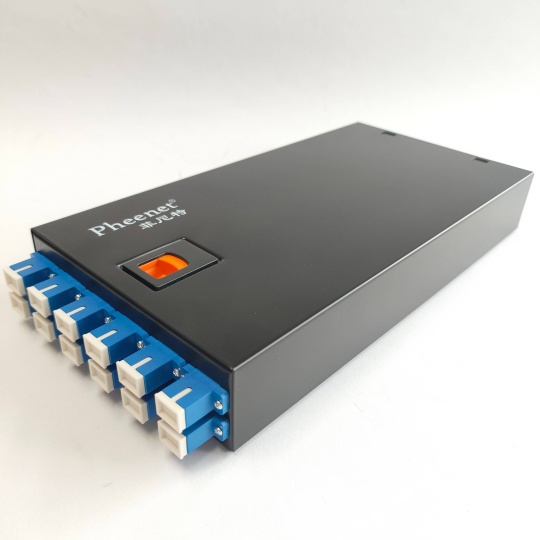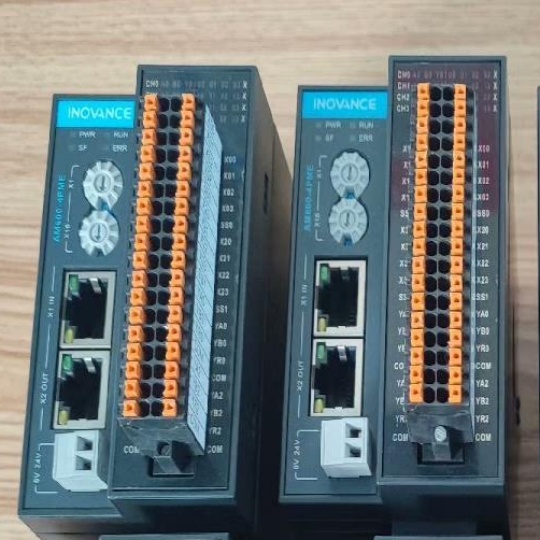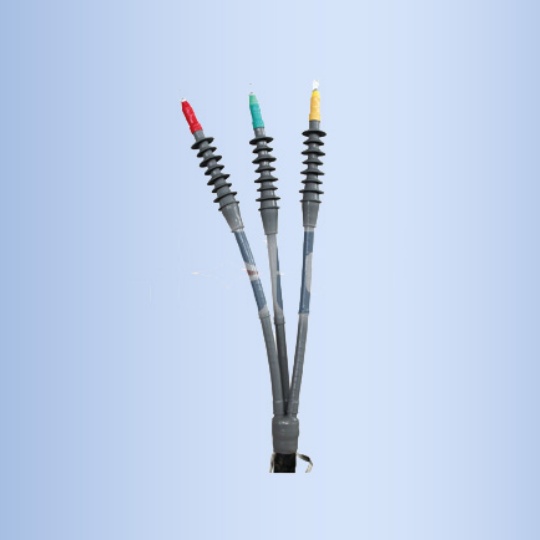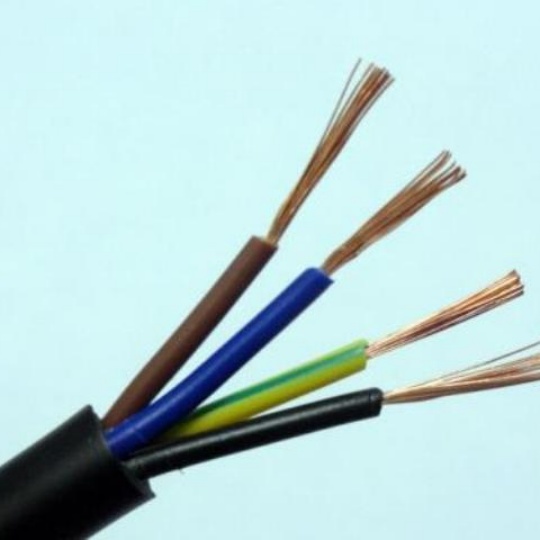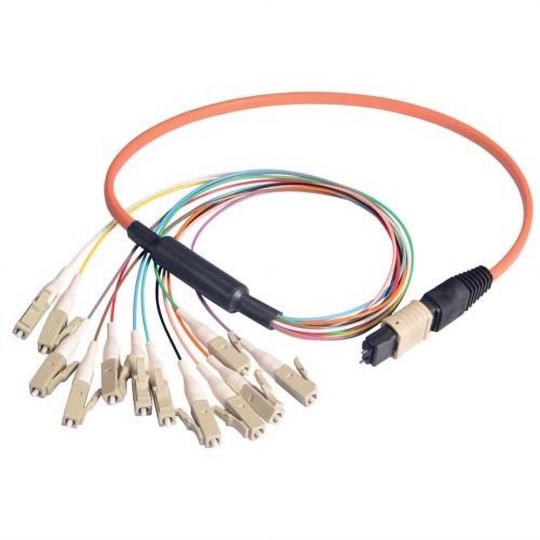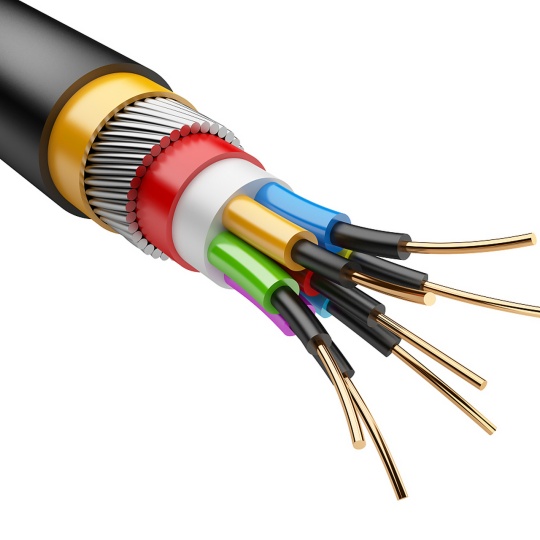6G Demands Ultra-Fast Cables: The Unseen Backbone of Tomorrow’s...
Forget simply faster speeds; the advent of 6G promises a technological revolution – seamless integration of the physical and digital worlds, ubiquitous intelligent sensing, holographic communications, and pervasive advanced AI applications. But this hyper-connected, ultra-responsive future has non-negotiable physical demands. The silent enabler? Ultra-fast cables. As 6G pushes the boundaries of wireless technology, it simultaneously elevates the critical role of cutting-edge, high-performance wired infrastructure. The era where cables are an afterthought is ending; 6G demands ultra-fast cables as its indispensable backbone.
Why the Backhaul Bottleneck? Beyond Peak Speeds
While headlines focus on 6G’s projected peak speeds (potentially 100x faster than 5G) and incredibly low latency (aiming for sub-1 millisecond), the true challenge lies in supporting massive, simultaneous, data-intensive applications:
- Terahertz (THz) Frequencies: 6G will exploit frequencies above 100GHz, extending into the THz range. These signals offer vast bandwidth but have extremely short range and poor penetration. This necessitates an unprecedented density of small cells and access points everywhere – urban centers, factories, farms, vehicles.
- Massive Data Deluge: Imagine millions of connected devices per square kilometer constantly streaming sensor data (for digital twins, environmental monitoring), high-fidelity holograms, and real-time AI inference results. The aggregated data throughput required is staggering.
- Ultra-Low Latency Imperative: Applications like remote robotic surgery, truly immersive XR, and real-time industrial control cannot tolerate even the slightest delay. Every microsecond counts.
- Network Slicing & Edge Intelligence: 6G will rely heavily on sophisticated network slicing (creating dedicated virtual networks) and processing data at the extreme edge (close to devices). This requires seamless, high-capacity, low-latency connections between edge nodes, aggregation points, and core networks.
The Unsung Hero: How Ultra-Fast Cables Meet 6G’s Ferocious Demands
These requirements translate into specific, stringent demands for the wired infrastructure connecting the exploding number of cell sites, edge data centers, and core facilities:
- Beyond Multi-Gigabit: Multi-Terabit Capacity: Traditional copper cables (like Cat 6a) max out at 10Gbps. 6G backhaul needs will rapidly escalate to hundreds of gigabits and even terabits per second per link. Ultra-Fast Fiber Optics are the only viable solution:
- Beyond Standard SMF: While Single-Mode Fiber (SMF) is the foundation, achieving terabit speeds requires leveraging cutting-edge techniques:
- Wavelength Division Multiplexing (WDM) & Space Division Multiplexing (SDM): Pushing more data streams down a single fiber using more wavelengths and potentially multiple cores within one fiber strand.
- Advanced Modulation Formats: Utilizing complex modulation schemes (e.g., PAM-4, 64-QAM) to pack more data into each signal pulse.
- Direct Attach Cables (DACs) for Co-Packaged Optics: As server and switch ports jump to 800Gbps and 1.6Tbps, high-speed DACs directly linking hardware become crucial within data centers and telecom hubs.
- Minimizing Physical Latency: While light travels fast, cable length does introduce propagation delay.
- Optimized Routing: Shorter, more direct fiber paths are essential, especially for ultra-low-latency edge connections. This demands dense fiber deployments closer to endpoints.
- Low Latency Fiber & Connectors: Specialized fiber designs and ultra-precise connectors minimize signal distortion and reflections that add tiny increments of delay – critical when targeting microseconds.
- Uncompromising Reliability & Precision: 6G networks powering critical infrastructure demand “five-nines” (99.999%) uptime or better.
- Immaculate Installation & Management: Fiber terminations must be near-perfect to minimize signal loss. Cable management within dense aggregation points must ensure no strain on delicate fibers.
- Future-Proofing: Installation must consider ease of upgrades, scalability requirements and harsh environments (especially for Industrial IoT and outdoor deployments). Armored fibers and advanced jacketing materials provide crucial protection.
- Powering the Edge: The proliferation of remote radio heads (RRHs) and edge computing nodes requires efficient, reliable power delivery alongside data.
- Composite Cables: Integrating high-capacity fiber strands with robust power conductors within a single sheath simplifies deployment and lowers costs for edge installations.
- Efficient Copper for Power: While data migrates to fiber, optimized copper cables remain essential for efficient DC power transmission.
The SEO Perspective: Keywords and Content Depth for Higher Rankings
Optimizing content for search engines requires strategic keyword integration and valuable information. Here are relevant terms to incorporate naturally:
- Primary Keywords: 6G infrastructure, 6G backhaul, ultra-fast cables, high-speed cables, fiber optic cables for 6G, 6G requirements, network cabling 6G.
- Secondary/Long-Tail Keywords: terabit networking, low latency cables, fiber for edge computing, multi-terabit backhaul, sub-millisecond latency cables, SDM fiber, WDM for 6G, data center cables for 6G, industrial network cabling, future-proof network infrastructure.
- Related Concepts: 6G technology, mobile network evolution, edge computing infrastructure, smart factories, Internet of Things (IoT), digital twin, holographic communication.
Beyond the Wire: The Broader Infrastructure Evolution
Recognizing that 6G demands ultra-fast cables is just the beginning. This paradigm shift necessitates a holistic transformation:
- Integrated Network Design: Wireless and wired infrastructure must be co-designed from the ground up, not as separate entities.
- Automation & AI-Driven Management: Managing the complexity of ultra-dense networks with extreme performance demands requires advanced AI for optimization, fault prediction, and self-healing.
- Sustainable Infrastructure: Deploying vast amounts of new cable and equipment demands energy-efficient solutions and sustainable practices.
- Industry Collaboration: Seamless evolution requires unprecedented collaboration between telecom operators, equipment vendors, cable manufacturers, standards bodies, and regulatory agencies.
Conclusion: Wiring Up for the 6G Future is Imperative
The narrative around 6G has rightly focused on its transformative potential. However, ignoring the fundamental dependency on ultra-fast, intelligent, and resilient cabling infrastructure risks undermining the entire 6G vision. 6G demands ultra-fast cables – specifically fiber optics pushed to new limits – to deliver the mind-boggling speeds, near-zero latency, massive device connectivity, and revolutionary applications promised.
Investing in this next-generation wired backbone isn’t just an operational necessity; it’s a strategic imperative. Businesses, governments, and network providers must prioritize developing and deploying this infrastructure today. The unseen cables beneath our feet and within our data centers will be the true unsung heroes enabling the radical, immersive, and hyper-connected future ushered in by 6G. The wires must catch up to the wireless revolution. Are you prepared to power your 6G future?
Ready to build a 6G-ready infrastructure? Stay ahead of the curve. Explore our cutting-edge solutions for ultra-high-speed fiber optic cables and data center connectivity designed for the demands of tomorrow’s networks.
How This Structure Helps SEO:
- Keyword Rich Title & Headings: Includes the primary keywords naturally.
- Content Depth & Value: Goes beyond surface-level explanations, delving into the specific why and how cables are critical for 6G. Provides technical depth (WDM, SDM, modulation) that appeals to industry professionals and demonstrates expertise.
- Logical Structure & Readability: Clear headings (H1, H2, H3), short paragraphs, and bullet points make it easy for users and search engines to understand.
- Keyword Integration: Target keywords are woven into the narrative, headings, and content naturally, avoiding stuffing. Long-tail keywords cover specific search intents.
- Addresses User Intent: Targets users searching for information on 6G infrastructure requirements, backhaul solutions, and the role of cabling. Answers the crucial question “Why does 6G need new cables?”
- Future-Proofing Theme: Emphasizes the strategic importance of investing in this infrastructure now.
- Clear Call to Action (CTA): Directs interested users towards relevant resources or solutions on the website.
- Promotes Engagement: The conclusion poses a question, encouraging users to consider their readiness.
To Maximize Impact:
- Internal Linking: Link to relevant pages on your site about specific fiber products, data center solutions, or other related services.
- External Linking: Link to high-authority sources (IEEE, ITU, industry reports) citing projections or standards to boost credibility.
- Optimized Images/Diagrams: Include visuals showing fiber networks supporting dense small cells, data center connections, or advanced cabling concepts (with proper alt text!).
- Promotion: Share the article on relevant social media channels (LinkedIn, Twitter) and industry forums.
- Technical SEO: Ensure fast page load speed, mobile responsiveness, proper schema markup (e.g.,
Article, HowTo), and a compelling meta description incorporating primary keywords.
By creating this high-quality, informative, and keyword-optimized content, you significantly increase the chances of attracting relevant organic traffic, improving your site’s E-E-A-T (Experience, Expertise, Authoritativeness, Trustworthiness) signals, and boosting rankings for critical 6G infrastructure terms.



